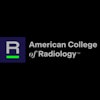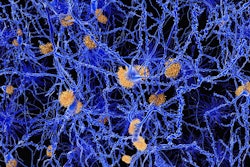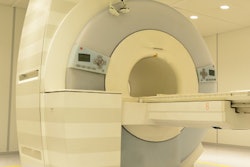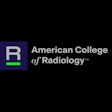Dear AuntMinnie Member,
The use of medical imaging in Canada has grown over the past 10 years, with the installed base of CT scanners growing 35% and MRI scanners growing 65%. That's according to a new report published this month that chronicles the expansion of medical imaging in Canada, where access to advanced imaging has long been a sore point.
The agency also found that despite the growth in the installed base of systems, Canada is still at the lower end compared to other countries in terms of the number of scanners installed per population. On the other hand, Canada is at about the midpoint in terms of exams performed, meaning that perhaps the country is using imaging more efficiently. Learn more about the report by clicking here.
Has standardized testing ruined the board exam?
Has the elimination of an oral test from the radiology board certification exam in favor of more standardized testing made the exam a less effective way of assessing the competence of potential radiologists? That's the provocative contention of a new article by lead author Dr. Lincoln Berland and colleagues.
Writing in the Journal of the American College of Radiology, the authors propose that the new exam's reliance on multiple-choice, psychometric testing doesn't do a great job of measuring professional competence. The shift to standardized testing may reflect radiology's recent emphasis on statistics and metrics, but it discounts many of the "noninterpretive" skills that radiologists are taught in residency.
Read more by clicking here, or visit our Imaging Leaders Community at leaders.auntminnie.com.
Sonographers and MPI radiation
Finally, visit our Molecular Imaging Community for an article on disturbing findings in a recent research study. A group from Israel found that sonographers performing cardiac ultrasound scans on patients who had previously received nuclear myocardial perfusion imaging (MPI) exams had measurable exposure to radiation emitted from radioactive tracers decaying inside the patients.
That's the bad news. The good news is that the radiation exposure can be limited by following a few simple safety measures. Find out what they are by clicking here, or visit our Molecular Imaging Community at molecular.auntminnie.com.
While you're in the community, also check out this article on a new research framework that's been proposed for defining and classifying patients with Alzheimer's disease. The new guidelines rely heavily on imaging biomarkers of beta amyloid and tau protein.



















